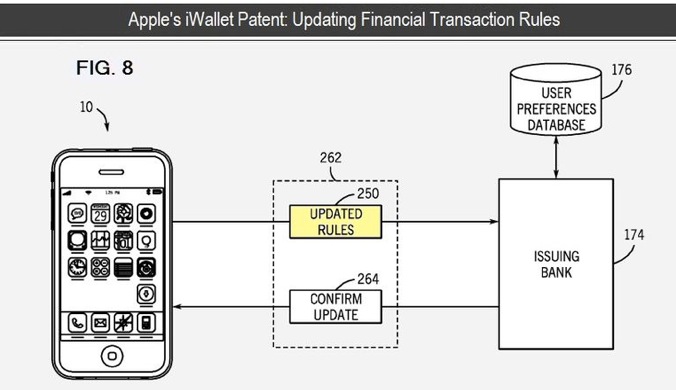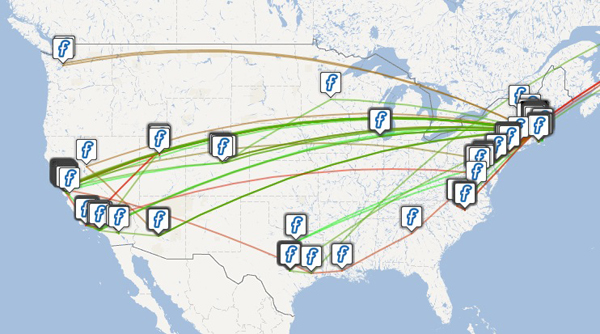Look in the direction that  Meerkat and
Meerkat and  Periscope both point.
Periscope both point.
If you’ve witnessed the output of either, several things become clear about their evolutionary path:
- Stereo sound is coming. So is binaural sound, with its you-are-there qualities.
- 3D will come too, of course, especially as mobile devices start to include two microphones and two cameras.
- The end state of both those developments is VR, or virtual reality. At least on the receiving end.
The production end is a different animal. Or herd of animals, eventually. Expect professional gear from all the usual sources, showing up at CES starting next year and on store shelves shortly thereafter. Walking around like a dork holding a mobile in front of you will look in 2018 like holding a dial-phone handset to your head looks today.
I expect the most handy way to produce 3D and VR streams will be with glasses like these:
(That’s my placeholder design, which is in the public domain. That’s so it has no IP drag, other than whatever submarine patents already exist, and I am sure there are some.)
Now pause to dig @ctrlzee‘s Fast Company report on Facebook’s 10-year plan to trap us inside The Matrix. How long before Facebook buys Meerkat and builds it into Occulus Rift? Or buys Twitter, just to get Periscope and do the same?
Whatever else happens, the rights clearing question gets very personal. Do you want to be broadcast and/or recorded by others or not? What are the social and device protocols for that? (The VRM dev community has designed one for the glasses above. See the ⊂ ⊃ in the glasses? That’s one. Each corner light is another.)
We should start zero-basing the answers today, while the inevitable is in sight but isn’t here yet. Empathy is the first requirement. (Take the time to dig Dave Winer’s 12-minute podcast on the topic. It matters.) Getting permission is another.
As for the relevance of standing law, almost none of it applies at the technical level. Simply put, all copyright laws were created in times when digital life was unimaginable (e.g. Stature of Anne, ASCAP), barely known (Act of 1976), or highly feared (WIPO, CTEA, DMCA).
How would we write new laws for an age that has barely started? Or why start with laws at all? (Nearly all regulation protects yesterday from last Thursday. And too often its crafted by know-nothings.)
We’ve only been living the networked life since graphical browsers and ISPs arrived in the mid-90’s. Meanwhile we’ve had thousands of years to develop civilization in the physical world. Which means that, relatively speaking, networked life is Eden. It’s brand new here, and we’re all naked. That’s why it’s so easy anybody to see everything about us online.
How will we create the digital equivalents of the privacy technologies we call clothing and shelter? Is the first answer a technical one, a policy one, or both? Which should come first? (In Europe and Australia, policy already has.)
Protecting the need for artists to make money is part of the picture. But it’s not the only part. And laws are only one way to protect artists, or anybody.
Manners come first, and we barely have those yet, if at all. None of the big companies that currently dominate our digital lives have fully thought out how to protect anybody’s privacy. Those that come closest are ones we pay directly, and are financially accountable to us.
Apple, for example, is doing more and more to isolate personal data to spaces the individual controls and the company can’t see. Google and Facebook both seem to regard personal privacy as a bug in online life, rather than a feature of it. (Note that, at least for their most popular services, we pay those two companies nothing. We are mere consumers whose lives are sold to the company’s actual customers, which are advertisers.)
Bottom line: the legal slate is covered in chalk, but the technical one is close to clean. What do we want to write there?
We’ll be talking about this, and many other things, at VRM Day (6 April) and IIW (7-9 April) in the Computer History Museum in downtown Silicon Valley (101 & Shoreline, Mountain View).




 They
They 




